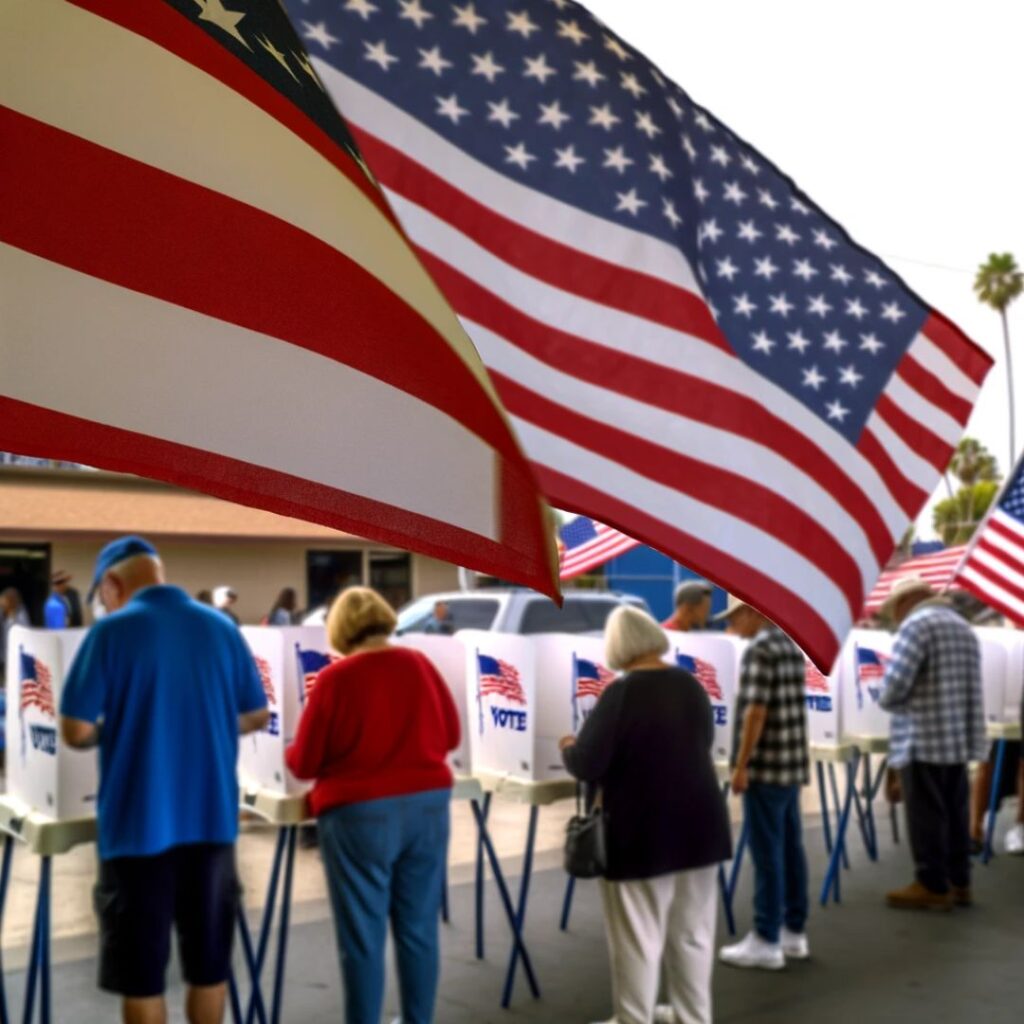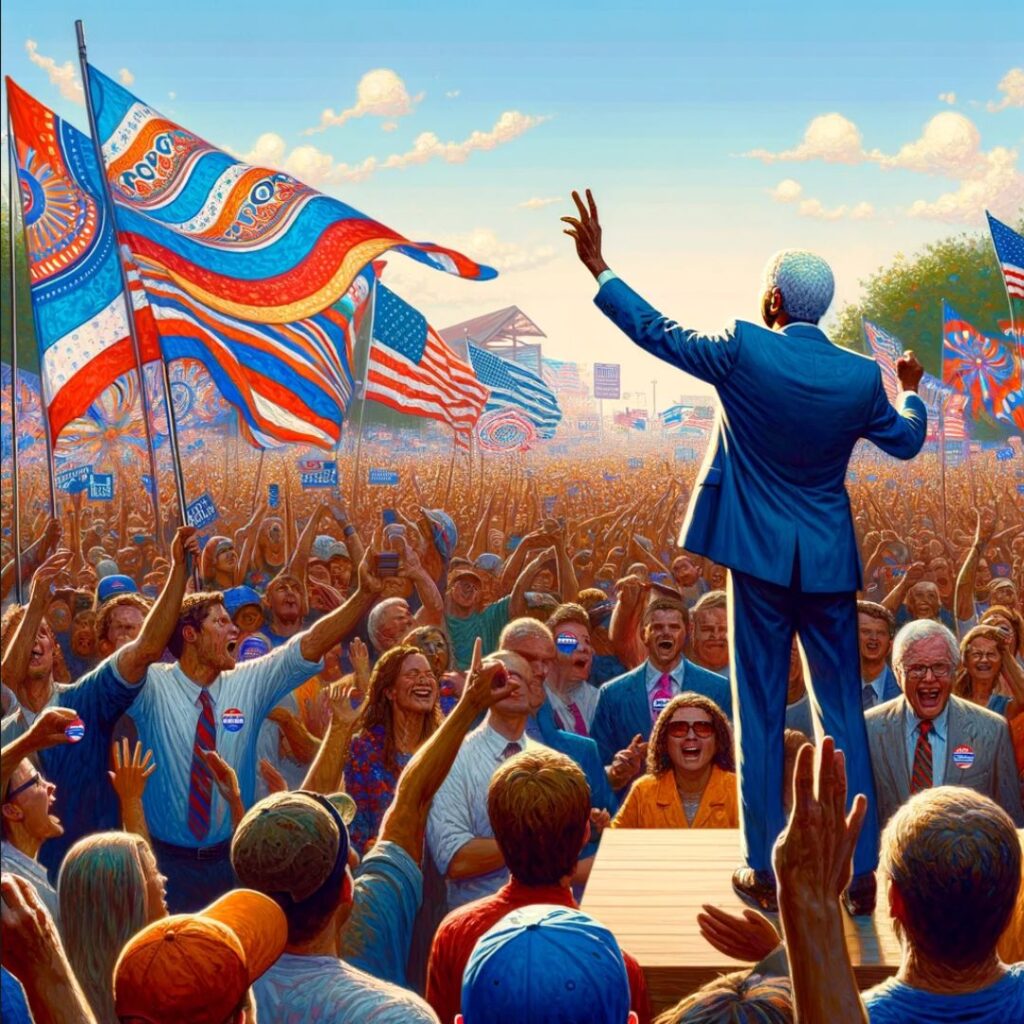In the ever-evolving landscape of political campaigns and elections, staying informed about the latest trends is crucial for voters, analysts, and participants alike. As we approach the next presidential election, several key developments have emerged, shaping the strategies, conversations, and potential outcomes of the upcoming political showdown. Here are ten must-see political trends that promise to make the next election unlike any other.
1. The Rise of Digital Campaigning
Digital platforms have transformed the way candidates reach voters, with social media, targeted advertising, and virtual events becoming more pivotal than ever. The COVID-19 pandemic accelerated this shift, forcing campaigns to innovate and engage with the electorate in predominantly virtual spaces. This trend has democratized access to candidates, allowing for a more direct and personalized form of communication but also raising concerns about misinformation and the digital divide.
2. Voter Mobilization via Social Media
Social media isn’t just for sharing campaign ads; it’s become a crucial tool for mobilizing voters and encouraging participation in the electoral process. Platforms like Twitter, Facebook, and Instagram are used to remind followers about registration deadlines, polling location changes, and voting methods. This trend emphasizes the power of online communities and influencers in shaping political engagement, particularly among younger demographics.
3. The Impact of Young Voters
Young voters are poised to have a significant impact on the next presidential election. With issues like climate change, gun control, and student debt at the forefront, younger generations are increasingly motivated to vote and advocate for change. Their preferences and turnout rates could decisively influence the election’s outcome, prompting campaigns to tailor their messages to appeal to this critical demographic.
4. Focus on Climate Change
Climate change has ascended from a secondary issue to a central theme in political discourse, reflecting growing public concern over environmental sustainability. Candidates are now expected to present comprehensive climate policies, addressing everything from renewable energy to conservation efforts. This shift has not only influenced the political agenda but also mobilized a broad coalition of voters who prioritize environmental issues.
5. The Role of Fact-Checking
In an era marked by misinformation and “fake news,” the role of fact-checking has become increasingly important. Voters are seeking reliable information to make informed decisions, leading to the rise of independent fact-checking organizations and initiatives by social media platforms to combat misinformation. This trend underscores the challenge candidates face in maintaining credibility and the critical role of transparency in building trust with the electorate.
6. The Influence of Outsider Candidates
The political landscape has seen a surge in candidates from non-traditional backgrounds, challenging the status quo and appealing to voters disillusioned with the political establishment. These outsider candidates, often leveraging their fame or success in other fields, are reshaping the dynamics of primary races and general elections, emphasizing a desire for change and fresh perspectives in governance.
7. The Power of Grassroots Fundraising
Grassroots fundraising has emerged as a powerful tool for candidates to demonstrate widespread support, particularly among Democrats. By relying on small donations from a large number of individuals, candidates can compete without the backing of major donors or PACs, promoting a message of people-powered campaigns. This trend not only influences campaign finance but also empowers voters by giving them a stake in the campaign’s success.
8. Advanced Data Analytics in Campaign Strategy
Data analytics play a critical role in shaping campaign strategies, from identifying key voter demographics to optimizing outreach efforts. The use of sophisticated data analysis tools allows campaigns to tailor messages, predict voter behavior, and allocate resources more effectively. This technological advancement has made campaign operations more strategic and data-driven than ever before.
9. The Escalation of Political Polarization
Political polarization has reached new heights, with the electorate increasingly divided along ideological lines. This division affects not just the tone and content of political discourse but also voter behavior, campaign strategies, and legislative action. The challenge for candidates is to navigate this polarized landscape, balancing appeals to their base with the need to attract moderate and undecided voters.
10. Election Security and Integrity
Concerns over election security and integrity have prompted significant changes in how votes are cast and counted. Efforts to enhance cybersecurity, protect against foreign interference, and ensure the accuracy of election results are at the forefront of electoral reforms. These measures aim to restore public confidence in the electoral process, ensuring that every vote is counted and the outcome accurately reflects the will of the people.
The Evolving Landscape Will Impact the Next Presidential Election
As the next presidential election approaches, these trends highlight the dynamic nature of modern political campaigns and the evolving landscape of voter engagement. Staying informed about these developments is essential for anyone looking to understand the forces shaping the future of American politics.
Read More
- The Rise of Underdogs: 8 Surprising Boosts for Third-Party Presidential Hopefuls
- GOP in Turmoil? 10 Major Challenges Set to Rock the Republican Party













